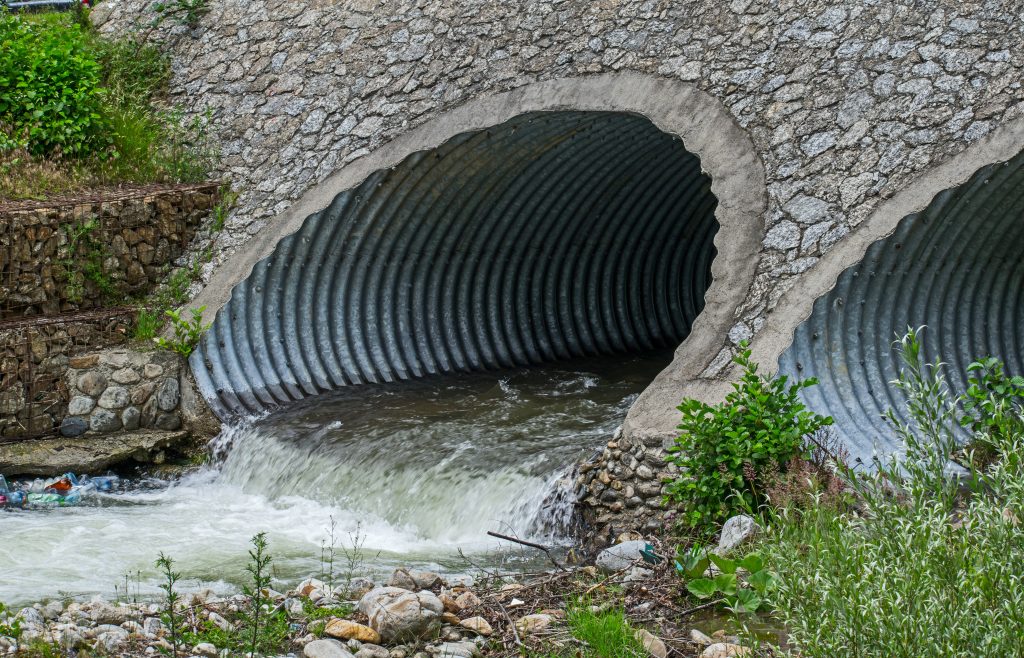Storm Drains and Water
The Difference Between a Storm Drain and a Sewer
Storm drains collect rain water runoff from pavement, and in most cases direct it to pipes underground and on to a nearby stream or river. Simply put, storm drains collect rain water along curbs to prevent flooding. Most of the time, this water does not go to a treatment facility, meaning the polluted runoff goes directly to local water resources and ends up in the water we drink and recreate in and impacting the wildlife who depend on it as well.


There is an entirely separate piping system that carries wastewater from homes and businesses known as sanitary sewers. Unlike storm drains, sanitary sewers do not have open drains or grates to keep the wastewater contained. These pipes carry wastewater from homes and businesses to treatment facilities which then discharge the treated water into local waterways. These are the lines on the other end of your toilet!
What is a Combined Sewer Overflow (CSO)?
A combined sewer system (CSS) combines the water collected from storm drains and sanitary sewers through a single pipe system to be treated and discharged back into waterways. A CSS can easily be overwhelmed when it rains or sees a substantial snow melt, resulting in a discharge of untreated water back into our waterways which is what we call a “Combined Sewer Overflow”. CSO is an example of point source pollution in our rivers and streams.
